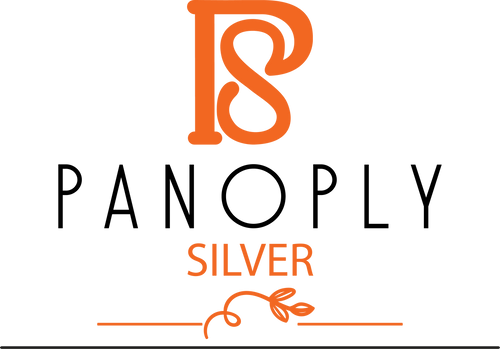Introduction:
Buying an engagement ring is one of the most significant purchases you will make in your lifetime. It symbolizes the love and commitment you have for your partner and marks the beginning of a new chapter in your lives. With numerous options available in the market, understanding the essentials of buying an engagement ring is vital. This comprehensive guide will assist you in making an informed decision, covering everything from diamond selection to ring settings.1. Determining Your Budget:
Before diving into the world of engagement rings, it is essential to set a budget. Consider your personal finances and how much you are comfortable spending on the ring. Remember, an engagement ring's true value lies in the sentiment behind it, not just the price tag.2. Understanding the 4 Cs of Diamonds:
The 4 Cs - cut, color, clarity, and carat weight - are key aspects to consider when selecting a diamond for your engagement ring. Familiarize yourself with these factors, as they greatly affect the overall beauty and quality of the stone.3. Choosing the Right Diamond Shape:
The shape of the diamond is a crucial element that defines the ring's style. Whether you prefer a classic round brilliant, a trendy princess cut, or a vintage-inspired cushion cut, each shape has its unique characteristics. Select a shape that resonates with your partner's personal style and preferences.4. Selecting a Metal for the Band:
Engagement rings can be crafted from various metals such as gold, platinum, or silver. Consider your partner's lifestyle, desired color tone, and skin sensitivity when selecting the metal band. Each metal possesses distinct qualities and durability, so choose accordingly.
5. Setting Styles:
Different ring settings can enhance the beauty and security of the centerpiece diamond. Popular options include prong setting, bezel setting, pavé setting, and halo setting. Determine which setting complements the chosen diamond shape and aligns with your partner's taste.
6. Ring Size Matters:
Ensuring that the engagement ring fits perfectly on your partner's finger is crucial. Sneakily borrowing a ring your partner regularly wears or using a printable ring size chart can help you find the right size. Remember, it's always better to opt for a slightly larger size that can be resized later if needed.
7. Authenticity and Certification:
Purchasing an engagement ring from a reputable and trusted jeweler is paramount. Choose a jeweler who provides certified diamonds, ensuring the authenticity and quality of the stone. Certificates from laboratories such as GIA, AGS, or EGL are widely recognized within the industry.
8. Insurance and Warranties:
Engagement rings hold immense sentimental and monetary value. Protect your investment by purchasing jewelry insurance and understanding the terms offered by the jeweler. Additionally, inquire about any warranties or guarantees that may cover repairs, maintenance, or resizing in the future.
9. Customization and Personalization:
Consider customizing the engagement ring to make it even more special. Whether it's adding personal engravings, incorporating birthstones, or designing a completely bespoke piece, customization adds a unique touch that reflects your love story.
